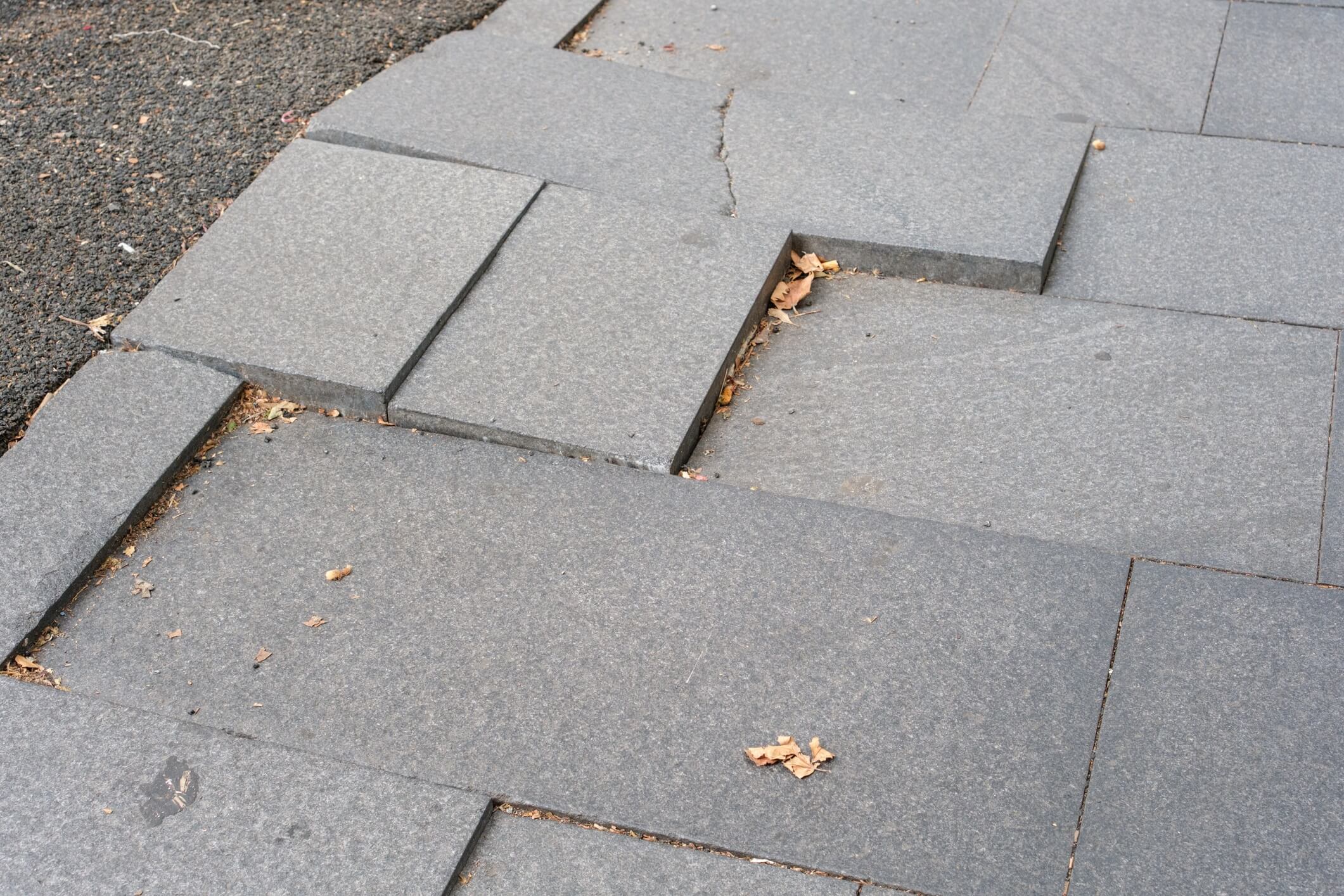Trip and fall accidents on sidewalks can cause serious injuries, from sprained ankles and broken wrists to head trauma. But when a fall happens outside of a Publix, determining who’s responsible for your injuries isn’t always straightforward. Was it the store’s fault, or does the city hold the blame?
The answer depends on where exactly the fall occurred. Understanding the difference between Publix-maintained walkways and city sidewalks is essential to knowing who can be held legally liable.
Where Did the Fall Happen? It Matters.
- Publix-Owned Sidewalks: If your fall happened directly outside the store entrance, especially in a shopping plaza, those walkways are typically maintained by the property owner or Publix itself.
- Municipal Sidewalks: If the sidewalk is along a public street or near a roadway, it likely falls under the responsibility of the local city or county.
This distinction is critical. You may fall right outside a Publix, but if the concrete belongs to the city, your claim could involve government liability which often comes with different rules, notice requirements, and time limits.
Common Hazards That Cause Sidewalk Falls
- Cracked or uneven concrete slabs
- Tree roots pushing up sections of sidewalk
- Slippery surfaces due to algae, water, or leaves
- Poor lighting at night
- Lack of railings or ramps near raised curbs
No matter who owns the sidewalk, property owners and municipalities have a duty to maintain safe walking conditions. The failure to do so could result in a valid personal injury claim.
How to Determine Who’s Liable
You’ll need to document where exactly the fall happened. Here’s how:
- Take Photos of the Area: Capture wide shots and close-ups showing the hazard and its surroundings.
- Mark the Location: Drop a pin on your phone’s map or take note of landmarks (store entrances, road signs, etc.).
- Request Incident Reports: If you fell on Publix property, ask the store to document the fall.
- Consult an Attorney: An experienced lawyer can research property records and determine who had legal responsibility.
Publix May Still Share Responsibility
In some cases, even if Publix doesn’t technically own the sidewalk, the store might still be partially liable if:
- Employees were aware of the danger and failed to warn customers
- The store created foot traffic that contributed to the wear and tear
- There’s a maintenance agreement between Publix and the property owner
This is where having legal representation who has experience working on trip and fall cases involving Publix makes a huge difference. Your attorney can explore multiple avenues of liability and increase your chances of recovery.
Contact VCM Law Group
A fall on an uneven sidewalk can lead to serious injuries and unexpected financial stress. If you were hurt outside a Publix and aren’t sure who’s at fault, don’t guess. Contact VCM Law Group today.

